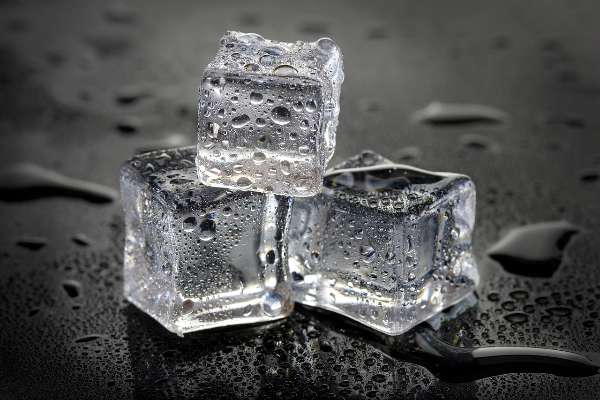13 First Aid Myths That Could Get Someone Hurt
Make sure to like Living Green and Frugally on Facebook, Shop at Amazon to help support my site and explore our PINTEREST BOARDS for innovative ways you can become self-sufficient.
First aid knowledge is essential for everyone, but it’s important to separate fact from fiction. While some remedies might sound plausible, they could actually worsen the situation.
Let’s debunk 13 common first aid myths that could potentially harm rather than help.
- Urinating on a Jellyfish Sting: This myth suggests that urine can alleviate the pain of a jellyfish sting. However, urine can actually aggravate the sting and may introduce bacteria, increasing the risk of infection. Rinsing the affected area with vinegar or seawater is a better approach.
View this post on Instagram - Butter on Burns: Applying butter or oil to a burn can trap heat and worsen the injury. Instead, cool the burn with running water for at least 10 minutes and cover it with a sterile dressing.
- Tilting the Head Back for a Nosebleed: Tilting the head back during a nosebleed can cause blood to flow down the throat, leading to choking or swallowing blood. Instead, lean forward slightly and pinch the soft part of the nose for 10 minutes to stop the bleeding.
- Rubbing Alcohol on Wounds: While rubbing alcohol has antiseptic properties, it can also damage healthy tissue and delay healing. Clean wounds with mild soap and water, and use antiseptic solutions sparingly.
- Heat Stroke: Giving Water Immediately: Offering water to someone experiencing heat stroke can worsen their condition. First, move them to a cool place, loosen tight clothing, and apply cool compresses. Hydration should only follow once they’re conscious and able to swallow safely.
- Using Tourniquets for Snakebites: Tourniquets can restrict blood flow and lead to tissue damage. Instead, keep the affected limb immobilized and at or below heart level while seeking medical help.
- CPR for Someone Who’s Choking: Performing CPR on a conscious choking person can cause further harm. Encourage coughing and, if necessary, perform abdominal thrusts (Heimlich maneuver) until the obstruction is dislodged.

CPR for Someone Who’s Choking: / Image from Pixabay - Applying Raw Meat to Bruises: There’s no scientific evidence that raw meat can reduce bruising. Instead, apply a cold compress to the area for 10-15 minutes to reduce swelling.
- Putting Sugar on Wounds: While sugar has been used historically to treat wounds, it can also promote bacterial growth. Stick to clean water and mild soap for wound cleaning, and seek medical attention for severe injuries.
- Using a Belt as a Tourniquet: Improvised tourniquets made from belts can be ineffective and dangerous. Apply direct pressure to control bleeding and use a proper tourniquet only as a last resort, with proper training.
- Applying Ice Directly to Burns: Directly applying ice to burns can cause frostbite and further tissue damage. Instead, cool the burn with lukewarm water or a cold compress.

Ice Therapy / Image by Sebastian Nikiel from Pixabay - Removing Foreign Objects from Wounds: Attempting to remove embedded objects from wounds can cause more harm and increase bleeding. Leave the object in place and seek medical help immediately.
- Using Mouthwash on Cuts: Mouthwash contains alcohol, which can irritate and delay wound healing. Stick to cleaning cuts with soap and water, and use antiseptic solutions sparingly.
In emergencies, it’s crucial to rely on evidence-based first aid techniques rather than myths that could exacerbate the situation. Always prioritize safety and seek professional medical assistance when necessary.
